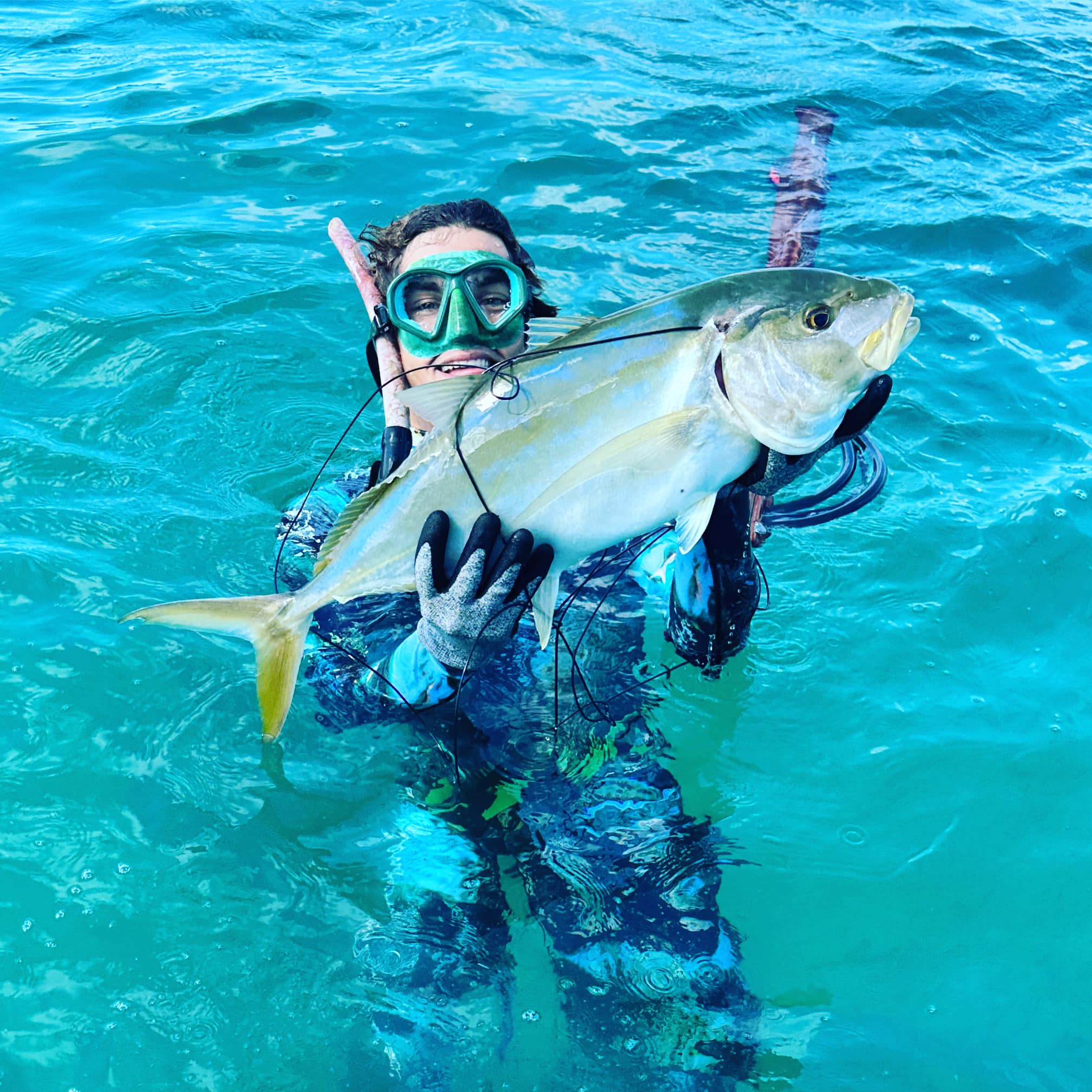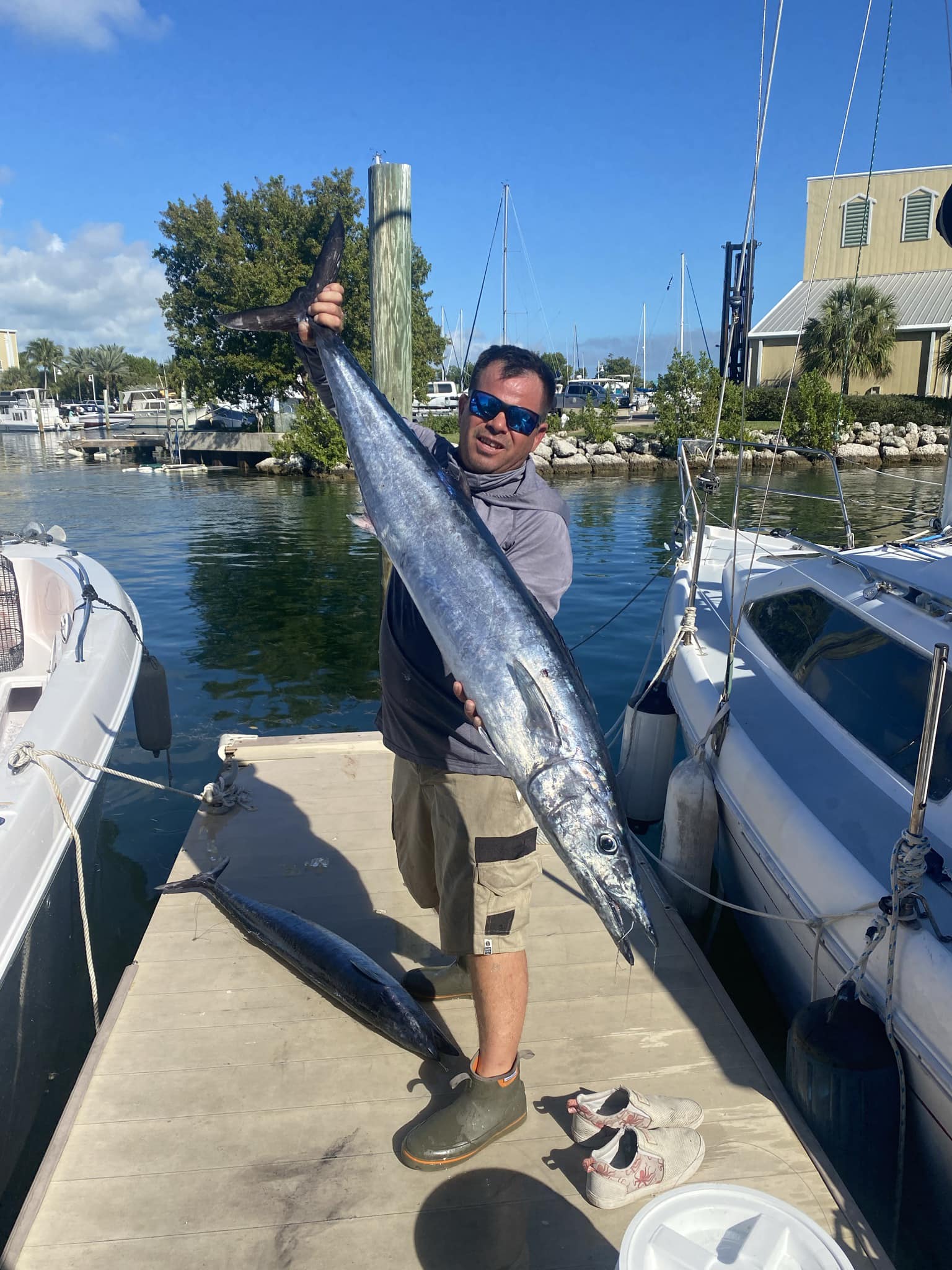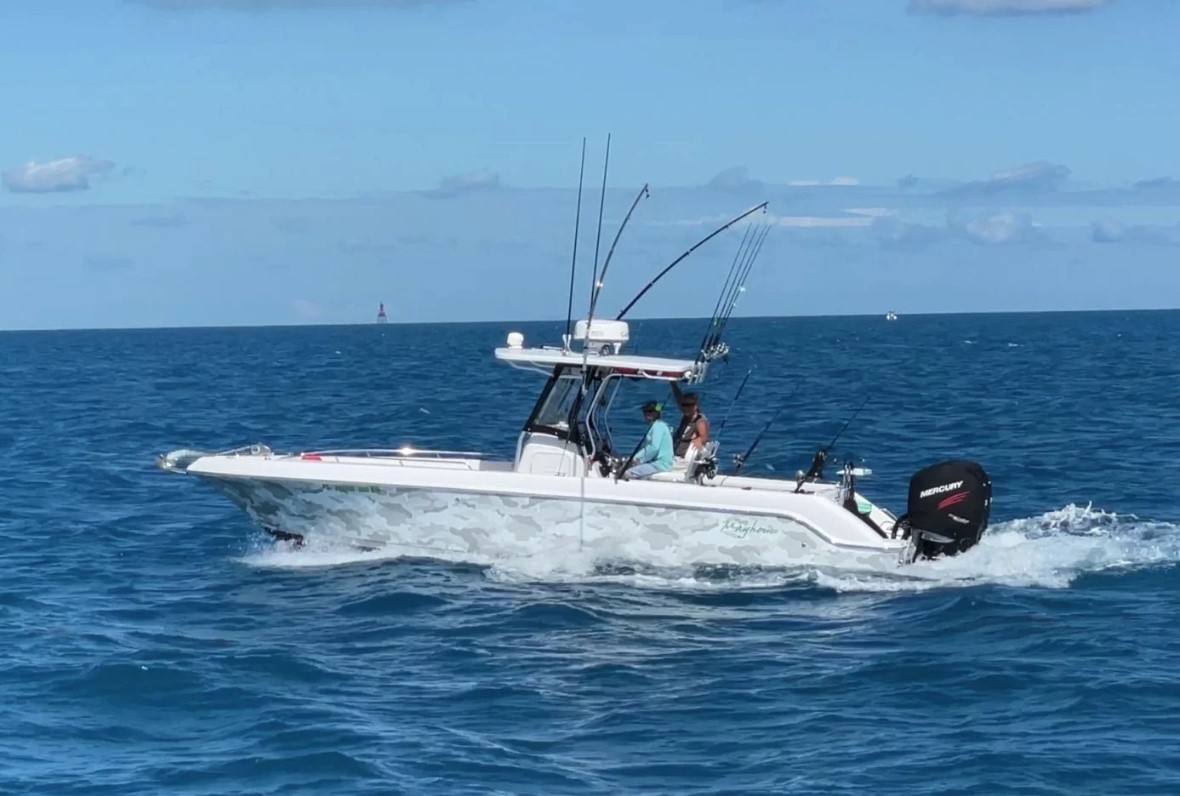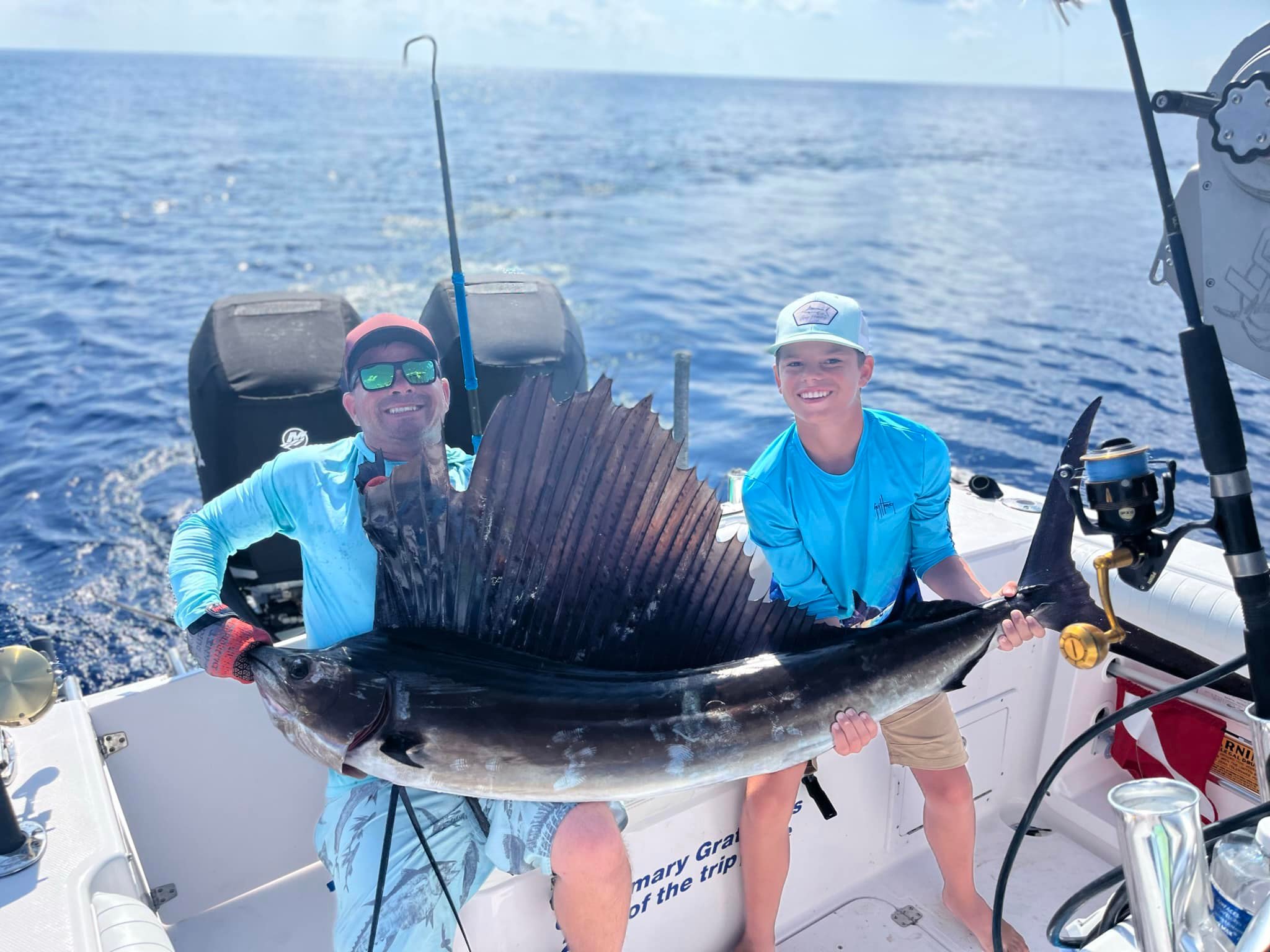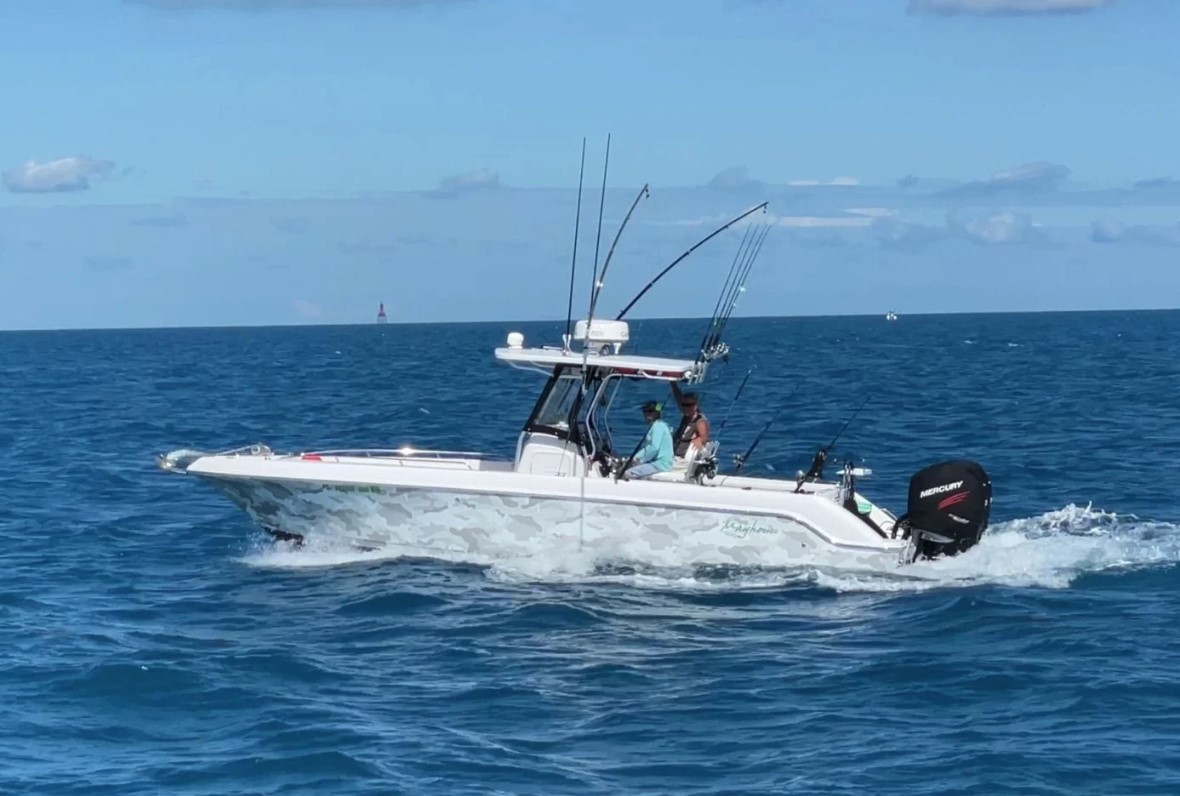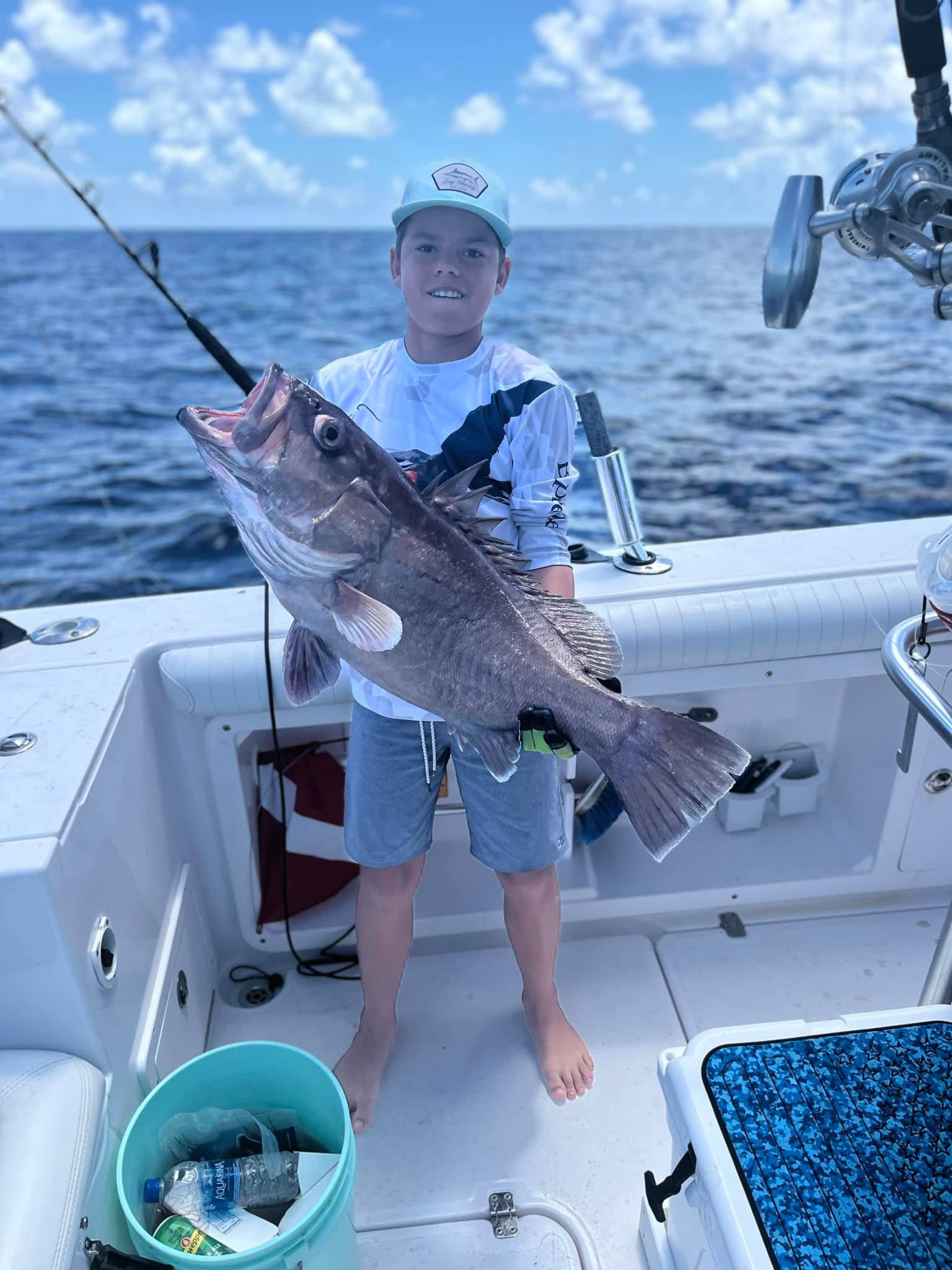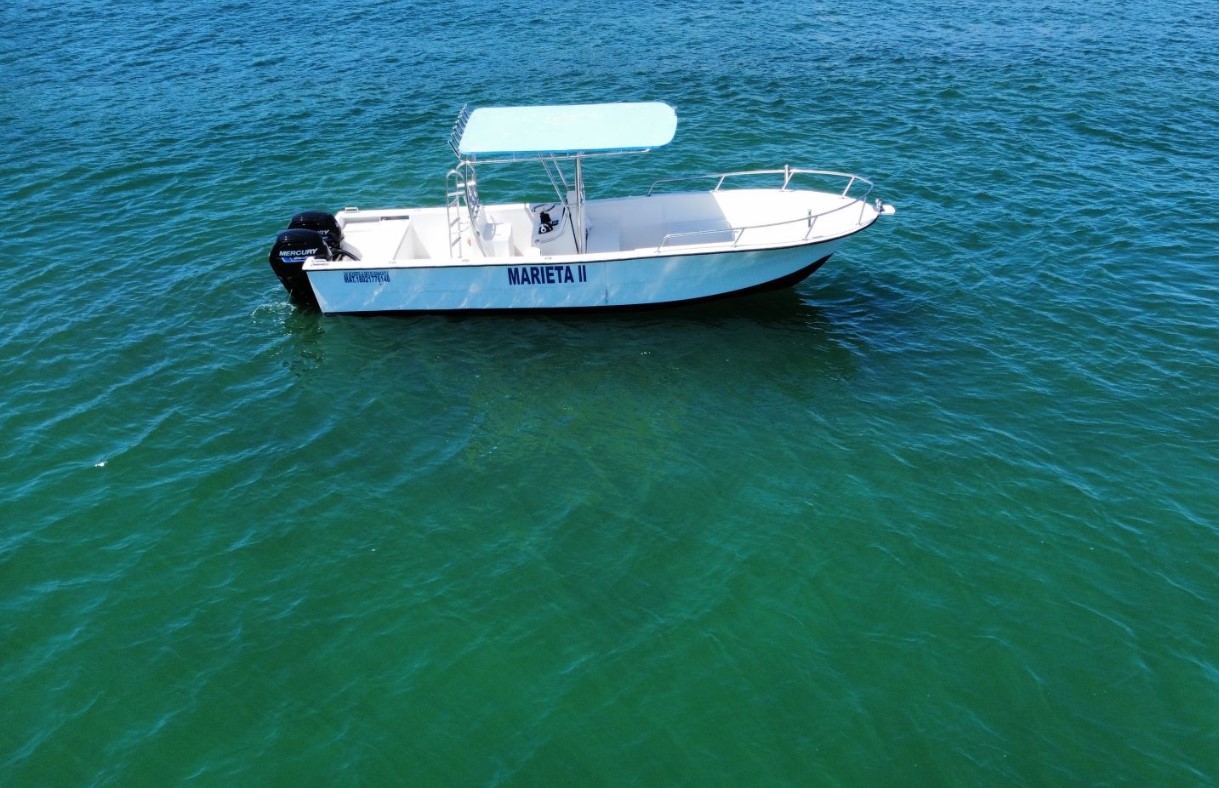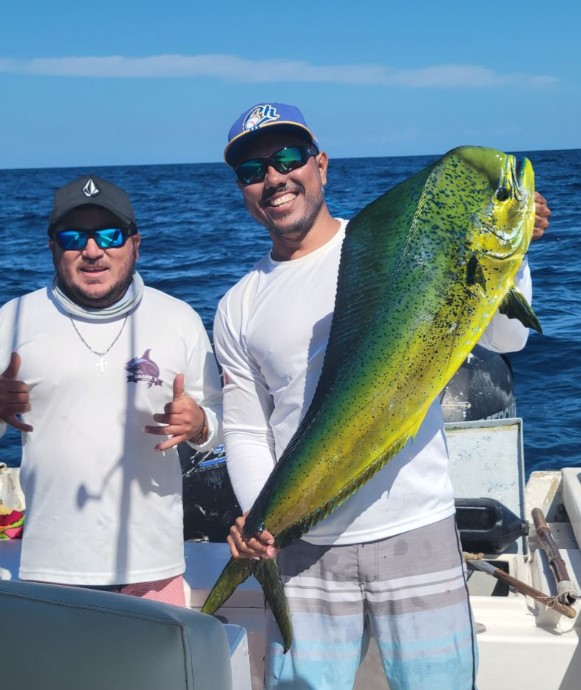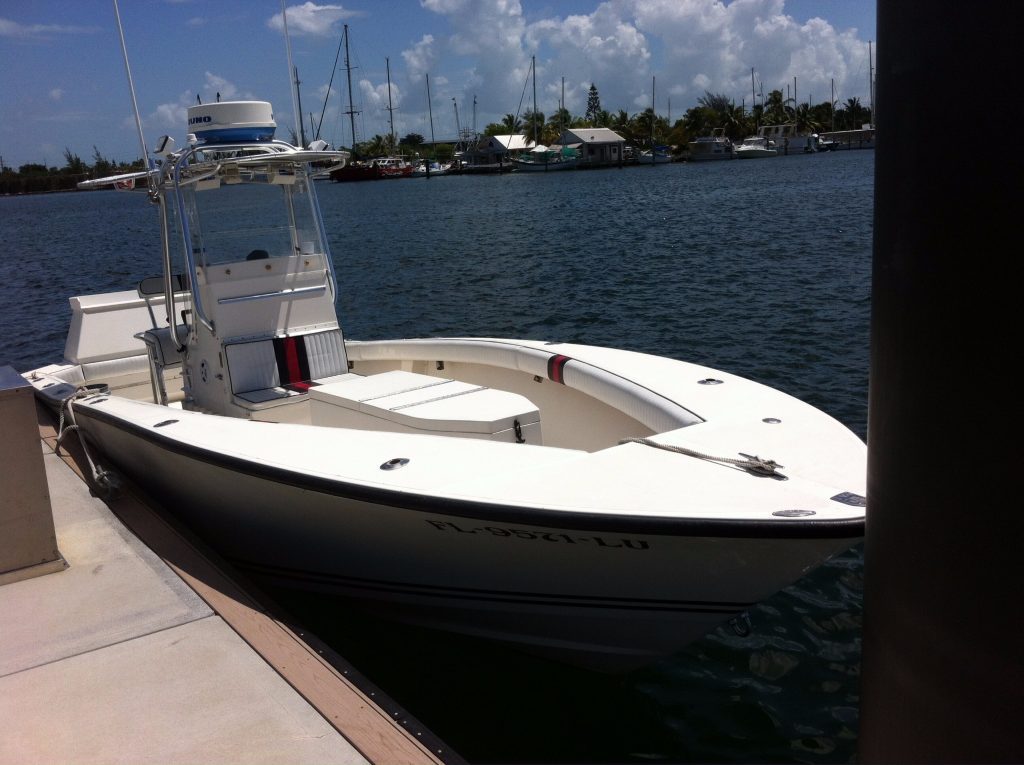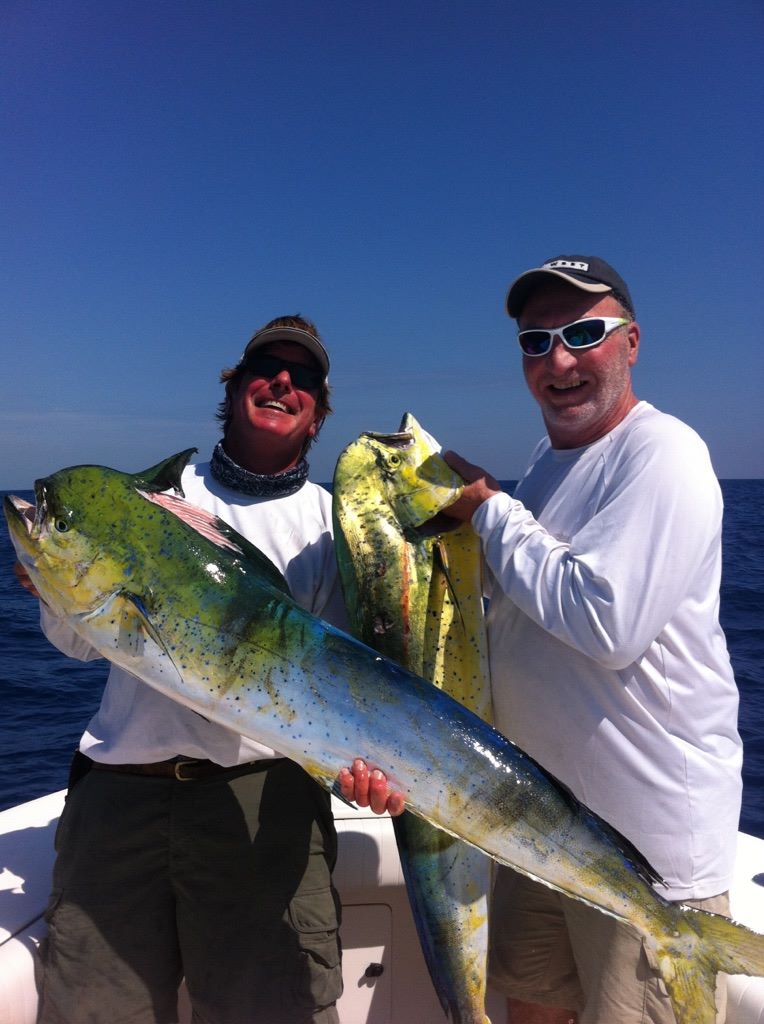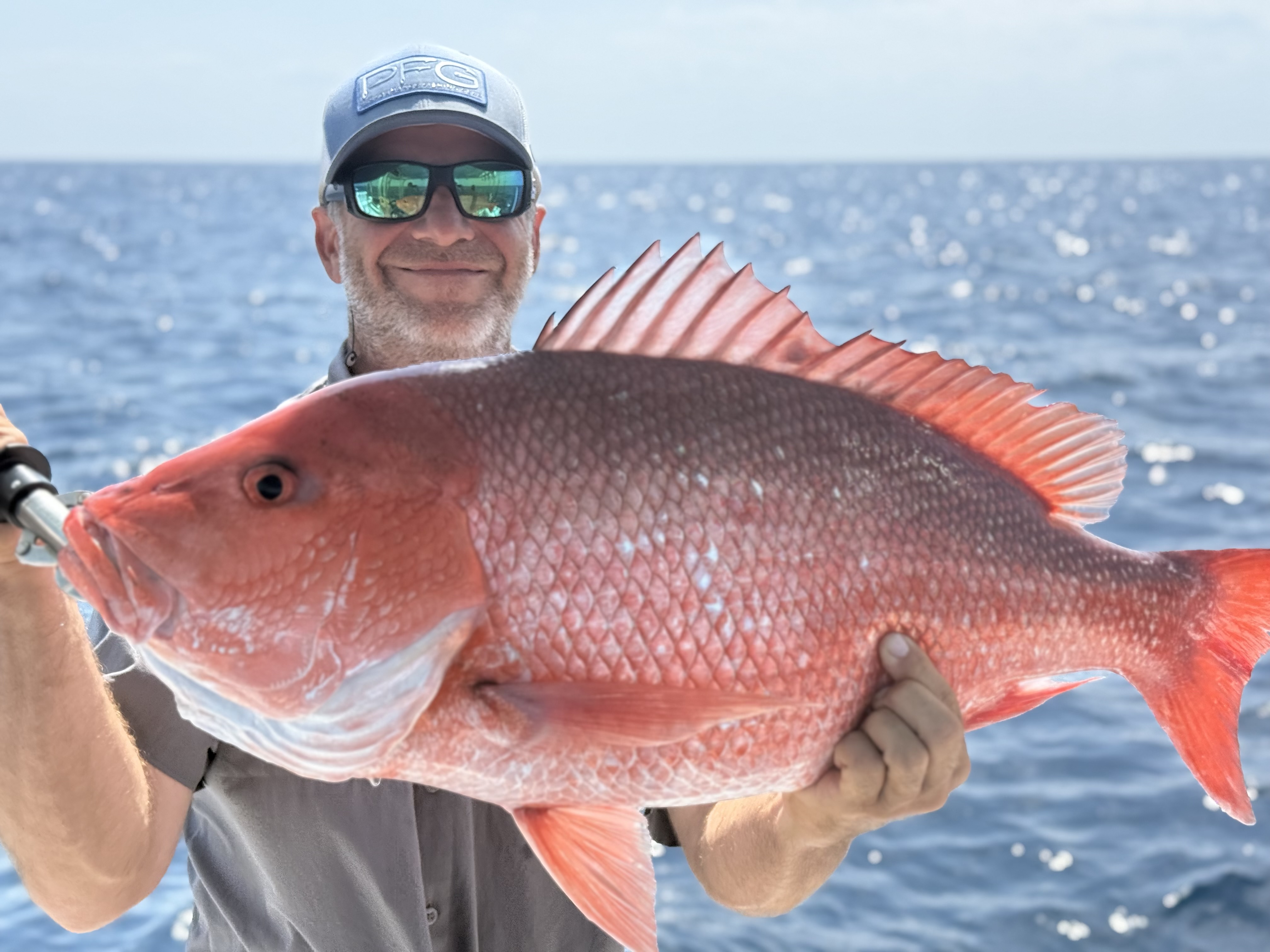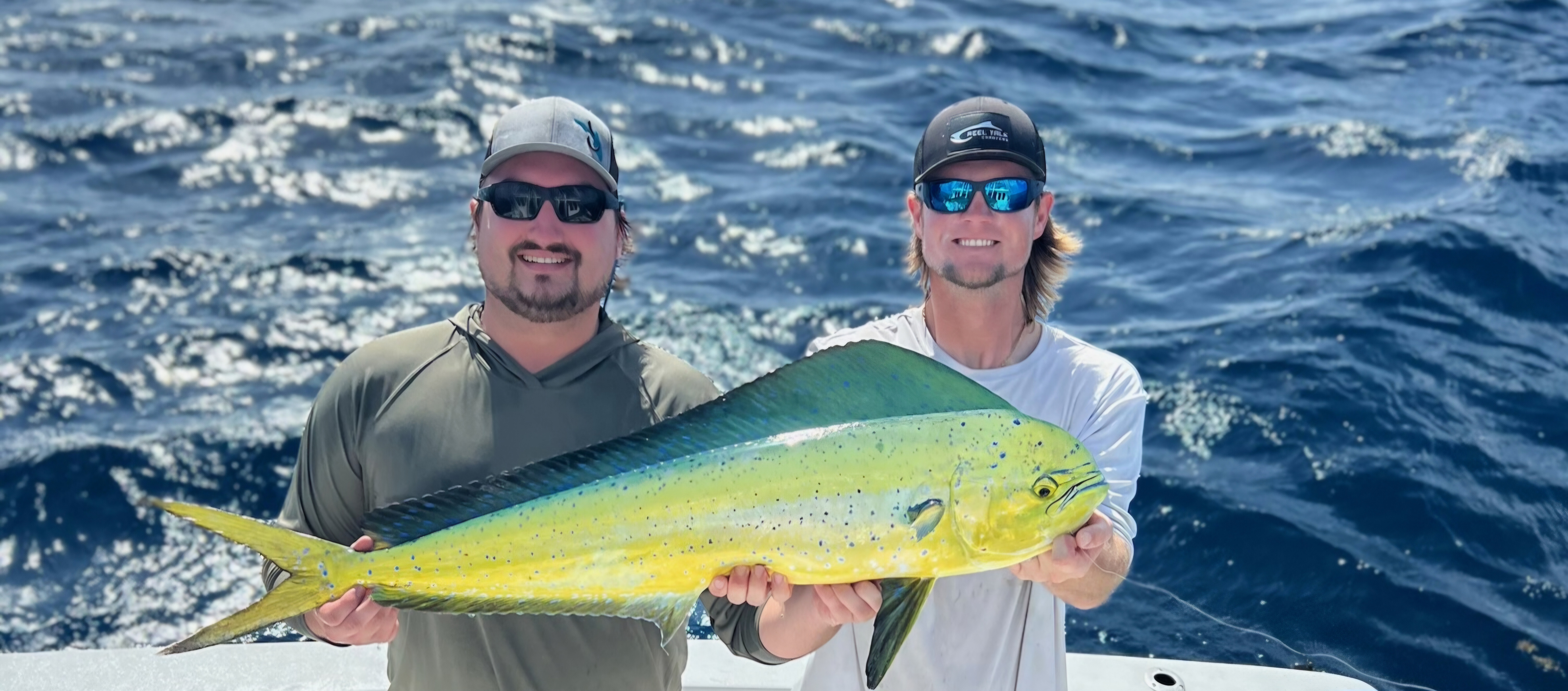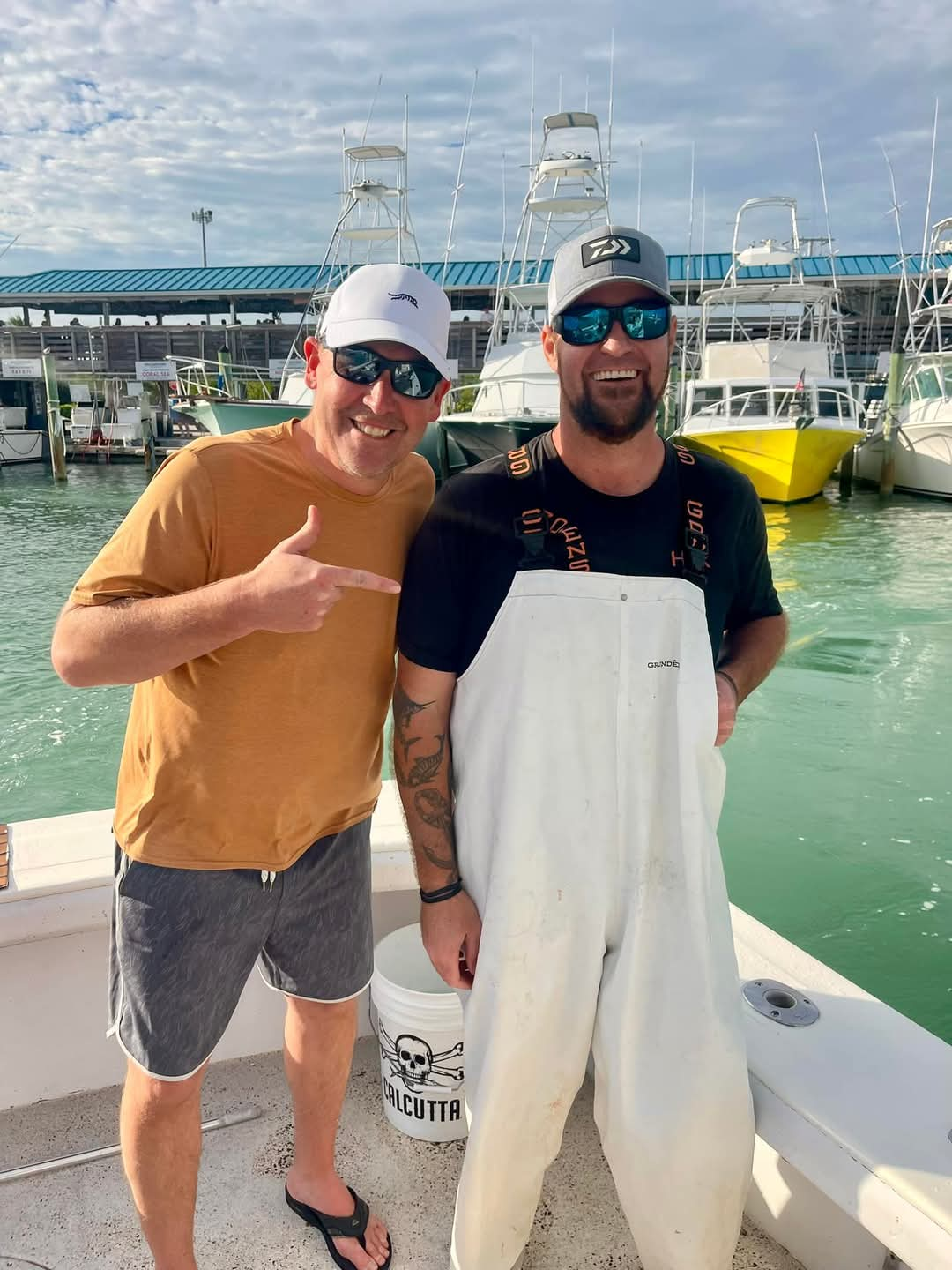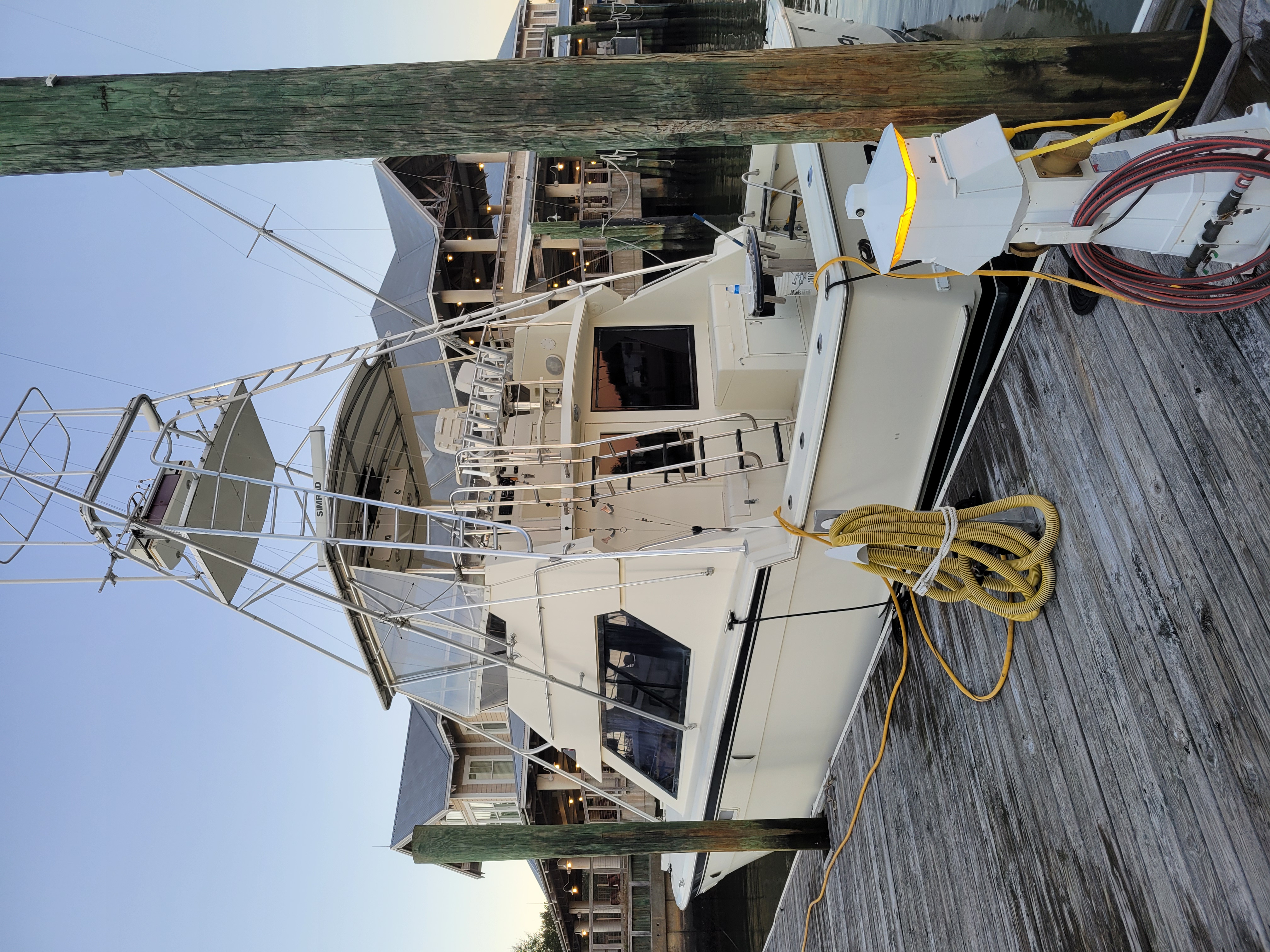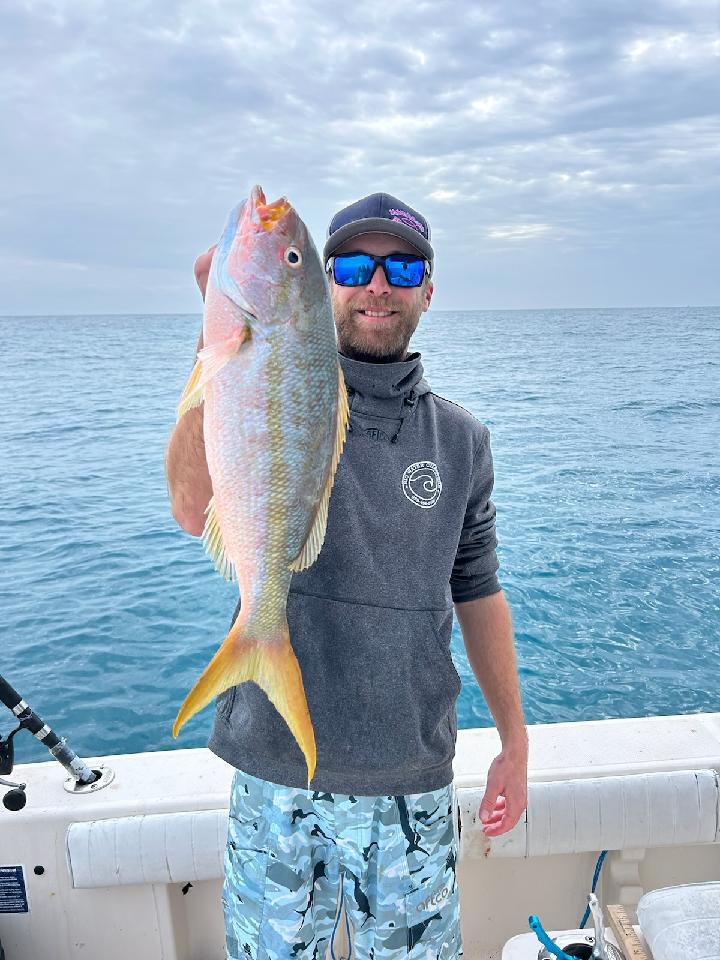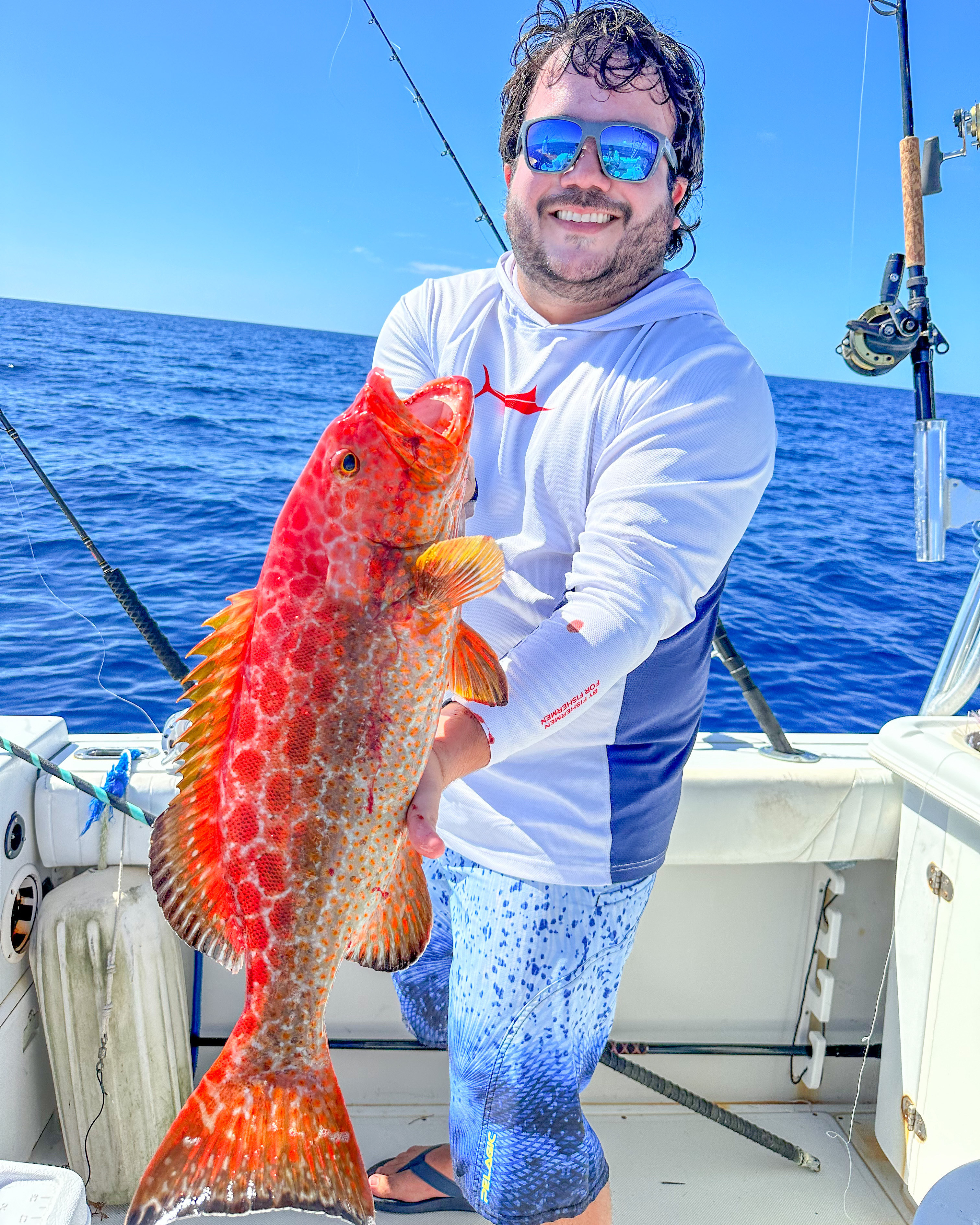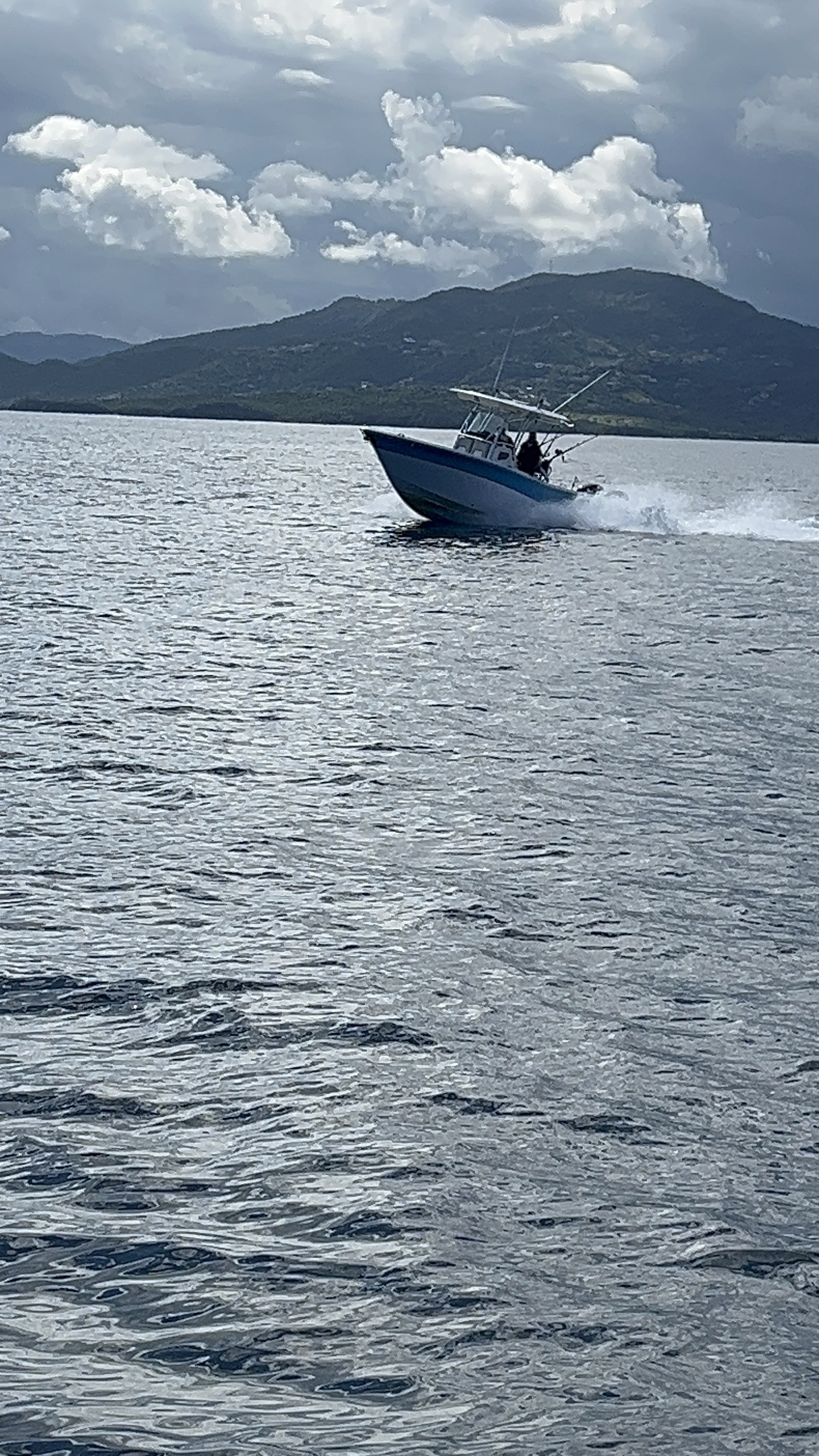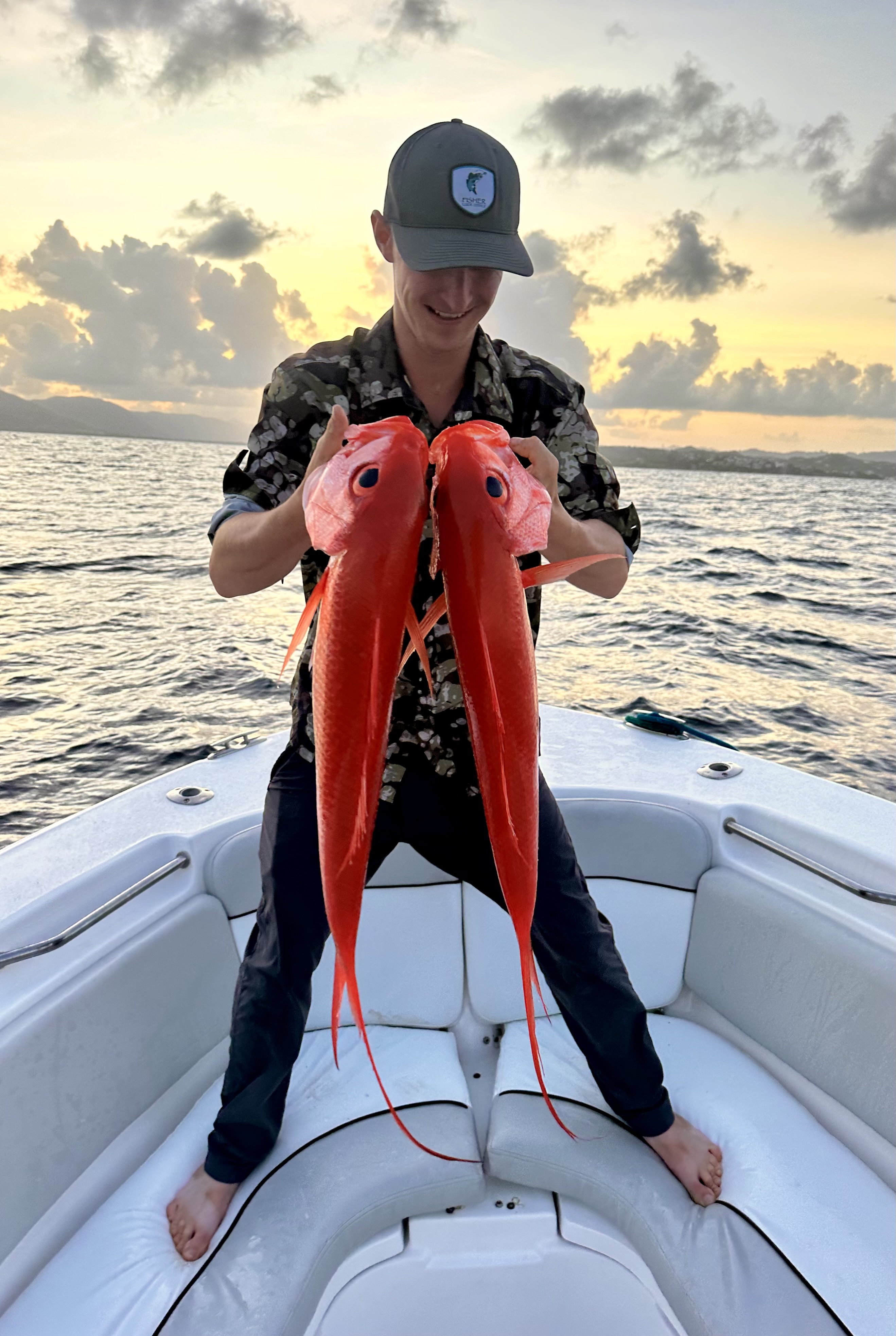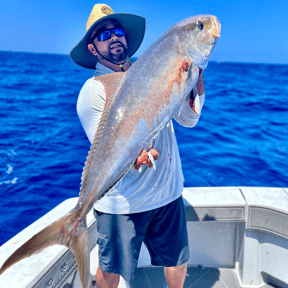Spearfishing & Fishing
Deep Sea, Nearshore Fishing in Key West
12 Hour Trip – Offshore
Deep Sea, Nearshore Fishing in Key West
6-8 Hour Trip – Reef & Offshore
Deep Sea Fishing in Corral del Risco
5-8 Hour Offshore Trip
Fishing Trip
Nearshore Fishing in New Smyrna Beach
Nearshore
Deep Sea Fishing in Islamorada
Full Day Deep Sea
Deep Sea Fishing in Islamorada
3/4 Day Deep Sea
Deep Sea Fishing in Islamorada
Half Day Deep Sea
Nearshore Fishing in Palmas del Mar
4 Hour Trip AM Or PM
We started Captain Experiences to make it easy to book fishing and hunting guides around the world. With over 2,000 Damn Good Guides, our platform makes finding and booking a trip seamless. Head here to check out our trips.
Amberjack, often called a "Reef Donkey", are a favorite target for many anglers. Found primarily in the warm waters of the Atlantic Ocean and the Gulf of Mexico, these fish are known for their impressive size, strength, and the thrill they provide when hooked, and they are known to be one of the hardest fighting fish on reefs and wrecks. Goliath grouper might have them beat on pure size, but if you're used to pulling up snapper and regularly-sized grouper, you're in for a battle when you get an AJ on the line. In this guide, we’ll explore everything you need to know to catch amberjack, from their habits and habitats to the best gear, baits, and techniques.
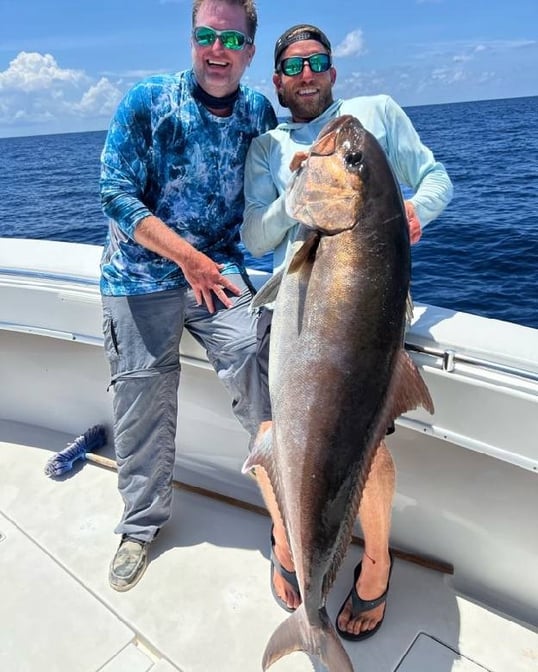
What is an Amberjack?
Amberjack, a group of powerful and highly sought-after sportfish, consists of several species, each with its unique characteristics. The three primary species are the Greater and Lesser amberjack, and their cousin the Almaco Jack . Here's an overview of the distinguishing features of each species:
-
Greater Amberjack (Seriola dumerili):
- Size: Greater amberjack are the largest among the three species, with individuals commonly reaching lengths of 3 to 4 feet and weighing up to 100 pounds or more.
- Coloration: They have an olive-green to bluish-black color on their upper bodies, transitioning to a silver-white belly. A distinctive amber stripe runs diagonally from the eye to the base of the tail.
- Habitat Preferences: Greater amberjack are often found in offshore waters, particularly around wrecks, reefs, and oil rigs. They prefer deeper waters but can also be encountered in coastal areas.
-
Lesser Amberjack (Seriola fasciata):
- Size: Lesser amberjack are smaller than their greater counterparts, typically ranging from 1 to 2 feet in length.
- Coloration: They share a similar coloration with greater amberjack, displaying an olive-green to bluish-black upper body, a silver-white belly, and a distinctive amber stripe.
- Habitat Preferences: Lesser amberjack are commonly found in both offshore and nearshore waters, often around reefs, wrecks, and other submerged structures.
-
Almaco Jack (Seriola rivoliana):
- Size: Almaco jack falls between greater and lesser amberjack in terms of size, typically reaching lengths of 2 to 3 feet.
- Coloration: Almaco jack displays a more pronounced dark band extending from the eye to the tail base, along with a yellow or golden tint on the operculum.
- Habitat Preferences: Almaco jack are versatile and can be found in a variety of habitats, including reefs, wrecks, and open water. They are known for their depth range, often inhabiting waters from the surface down to several hundred feet.
Where to find Amberjack
These fish are typically found around reefs, wrecks, and offshore structures at depths ranging from 60 to over 200 feet. Amberjack are known for their preference for warmer waters, often congregating around the southeastern coast of the United States, the Gulf of Mexico, and the Caribbean.
Amberjack are opportunistic feeders with a diet consisting of smaller fish, squid, and crustaceans. They are most active during dawn and dusk but can be caught throughout the day. Understanding their feeding habits and preferred habitat will help you plan your fishing trip more effectively.
When to target Amberjack
The ideal time to fish for amberjack largely depends on the location. In the Gulf of Mexico, amberjack season typically runs from May to October, with peak activity in late spring and early summer. These months offer warm water temperatures and increased fish activity, improving your chances of a successful catch. However, it’s essential to check local regulations, as amberjack fishing seasons and catch limits can vary depending on the region and time of year and they are generally one of the more protected species, with special seasons in most locations.
Choosing the Right Gear for Amberjack
Catching amberjack requires sturdy, durable gear due to their size and strength. Here’s what you’ll need:
Rod and Reel: A heavy-action rod paired with a high-capacity reel capable of holding at least 300 yards of 50-80 lb braided line is recommended. Conventional or spinning reels with a strong drag system are ideal to handle the amberjack’s powerful runs.
Line: Braided line is preferred for its strength and sensitivity. Use a 50-80 lb braided line to withstand the initial strike and subsequent fight. Attach a fluorocarbon leader (80-100 lb test) to prevent the fish from breaking the line against underwater structures.
Hooks and Terminal Tackle: Use strong circle hooks, typically 7/0 to 10/0, depending on the size of the bait. Heavy-duty swivels, sinkers, and leader material are necessary to handle the force amberjack exert during the fight.
Best Baits and Lures for Amberjack
Amberjack are aggressive predators, and both live and artificial baits can be effective:
Live Baits: Live bait is often the most effective option. Blue runners, pinfish, mullet, and threadfin herring are excellent choices. Hook the bait through the nose or behind the dorsal fin and allow it to swim naturally near the structure where amberjack are likely to be.
Artificial Lures: Jigging with heavy metal jigs (4-8 oz) is a popular technique for amberjack. Butterfly jigs, bucktail jigs, and vertical jigs in colors such as silver, blue, or chartreuse mimic baitfish and attract strikes. Drop the jig to the bottom and use a rapid jigging motion to entice the fish.
Techniques for Catching Amberjack
Bottom Fishing: Since amberjack often hover around reefs, wrecks, and other underwater structures, bottom fishing is a highly effective technique. Drop your bait near these structures and wait for the amberjack to strike. Be prepared for a strong fight as these fish are known for their powerful runs.
Vertical Jigging: Vertical jigging involves dropping a heavy metal jig to the desired depth and retrieving it with rapid, jerking motions. This technique mimics the movement of distressed baitfish, enticing amberjack to strike. Vary your jigging speed and depth to find what works best for the conditions.
Chumming: Chumming involves creating a trail of fish parts or fish oil in the water to attract amberjack to your fishing spot. This method can be especially effective when combined with live bait or jigging techniques.
Trolling: Trolling with deep-diving plugs or live bait can cover a large area and is particularly useful when targeting amberjack near offshore structures. Adjust your speed to keep the bait at the desired depth.
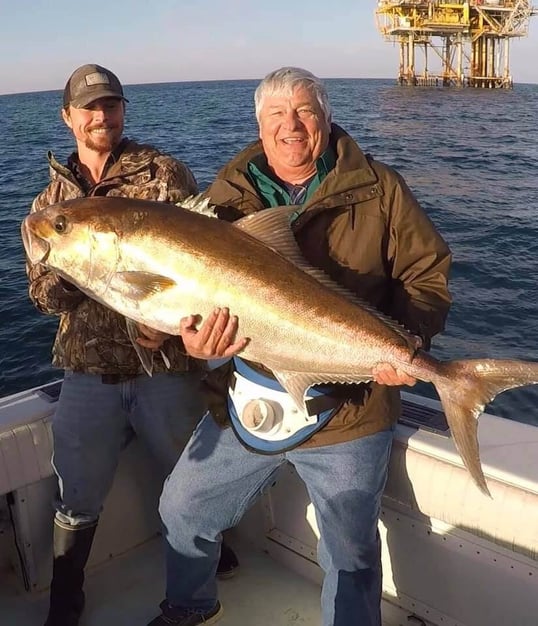
Now that we've taught you everything we know it's time to hit the water and test your skills against the mighty AJ. Tight lines!
Jake Lane
Updated on August 28, 2024

June 28, 2023

May 13, 2024

April 26, 2022

July 31, 2024
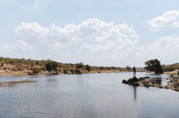
March 8, 2022
Related Articles
September 11, 2024
January 11, 2022
Featured Locations
- Fishing Charters Near Me
- Austin Fishing Guides
- Biloxi Fishing Charters
- Bradenton Fishing Charters
- Cabo San Lucas Fishing Charters
- Cancun Fishing Charters
- Cape Coral Fishing Charters
- Charleston Fishing Charters
- Clearwater Fishing Charters
- Corpus Christi Fishing Charters
- Crystal River Fishing Charters
- Dauphin Island Fishing Charters
- Daytona Beach Fishing Charters
- Destin Fishing Charters
- Fort Lauderdale Fishing Charters
- Fort Myers Fishing Charters
- Fort Walton Beach Fishing Charters
- Galveston Fishing Charters
- Gulf Shores Fishing Charters
- Hatteras Fishing Charters
- Hilton Head Fishing Charters
- Islamorada Fishing Charters
- Jacksonville Fishing Charters
- Jupiter Fishing Charters
- Key Largo Fishing Charters
- Key West Fishing Charters
- Kona Fishing Charters
- Lakeside Marblehead Fishing Charters
- Marathon Fishing Charters
- Marco Island Fishing Charters
- Miami Fishing Charters
- Montauk Fishing Charters
- Morehead City Fishing Charters
- Naples Fishing Charters
- New Orleans Fishing Charters
- New Smyrna Beach Fishing Charters
- Ocean City Fishing Charters
- Orange Beach Fishing Charters
- Panama City Beach Fishing Charters
- Pensacola Fishing Charters
- Pompano Beach Fishing Charters
- Port Aransas Fishing Charters
- Port Orange Fishing Charters
- Rockport Fishing Charters
- San Diego Fishing Charters
- San Juan Fishing Charters
- Sarasota Fishing Charters
- South Padre Island Fishing Charters
- St. Augustine Fishing Charters
- St. Petersburg Fishing Charters
- Tampa Fishing Charters
- Tarpon Springs Fishing Charters
- Venice Fishing Charters
- Virginia Beach Fishing Charters
- West Palm Beach Fishing Charters
- Wilmington Fishing Charters
- Wrightsville Beach Fishing Charters


